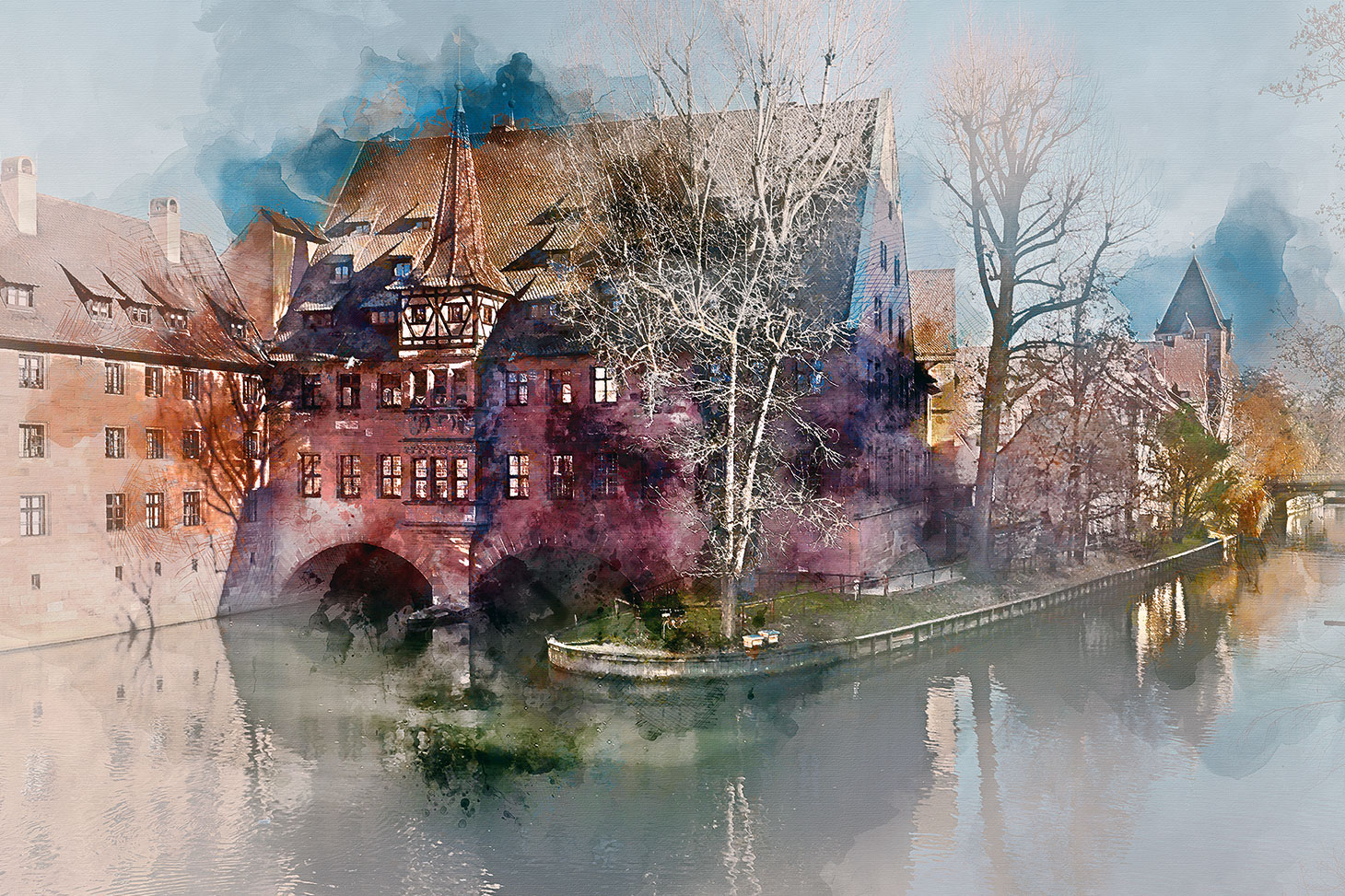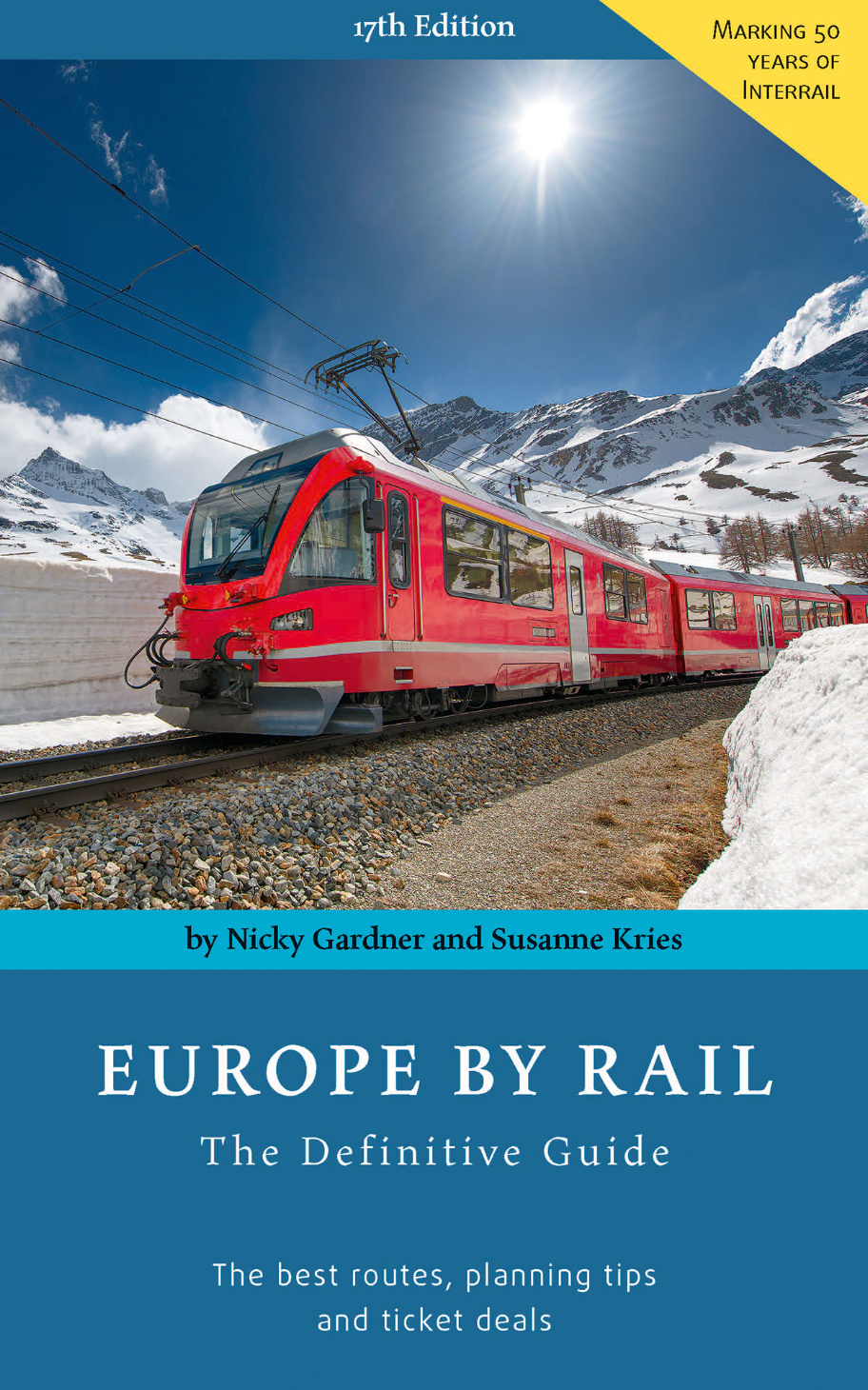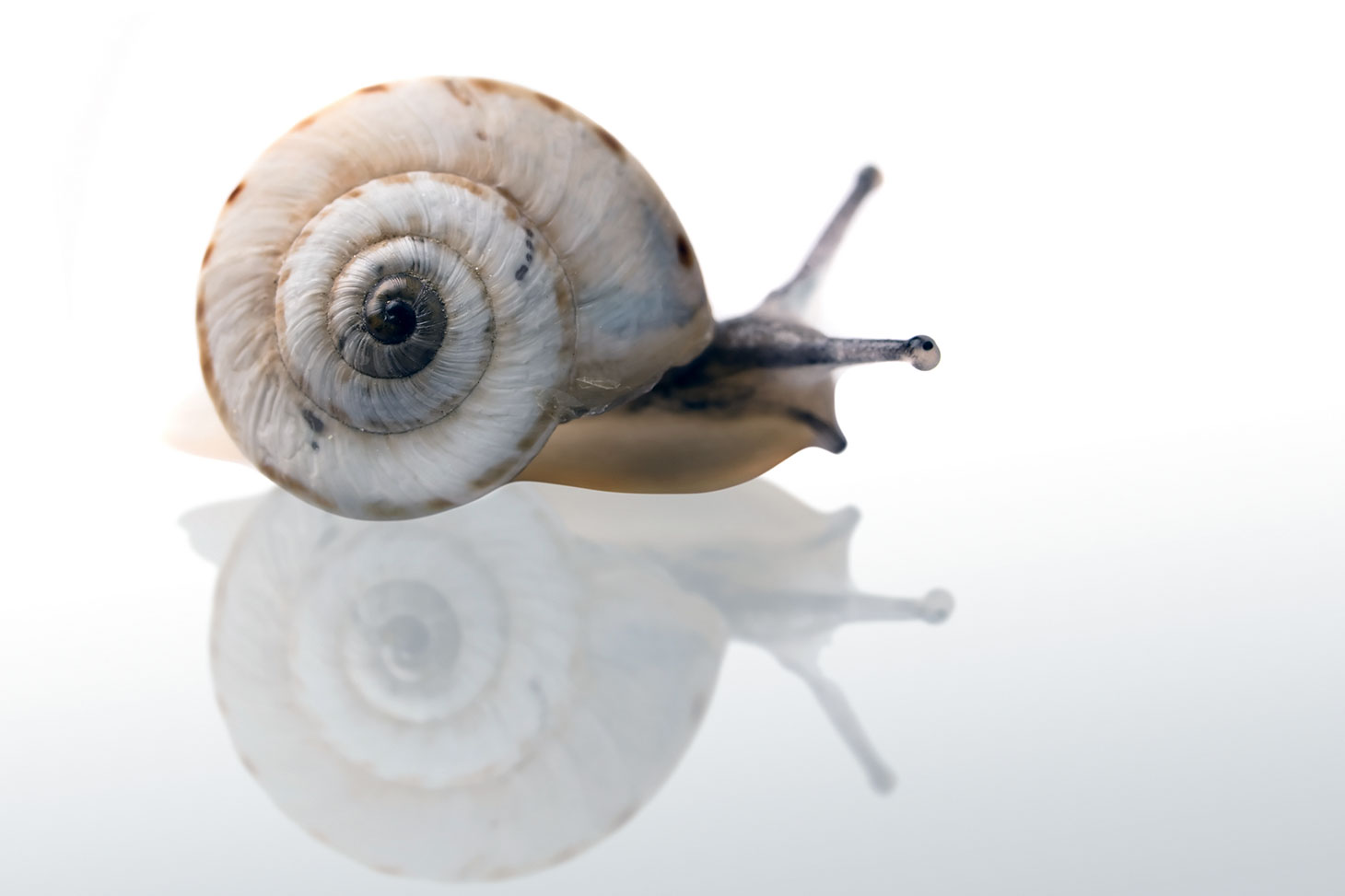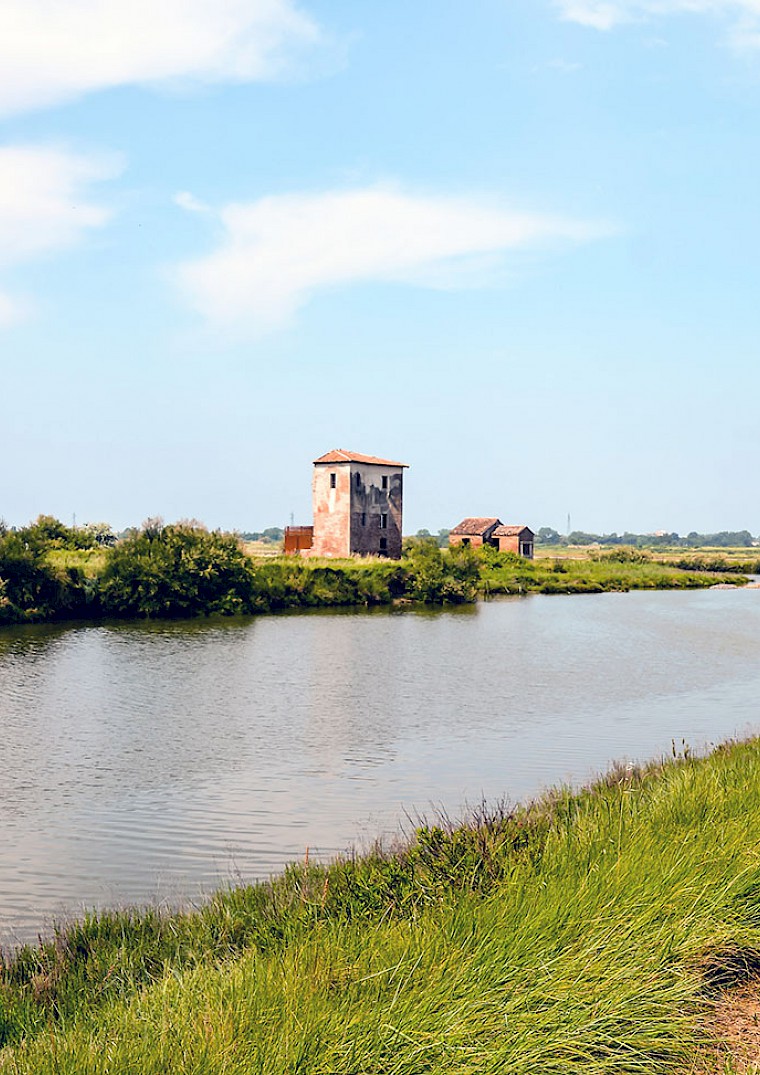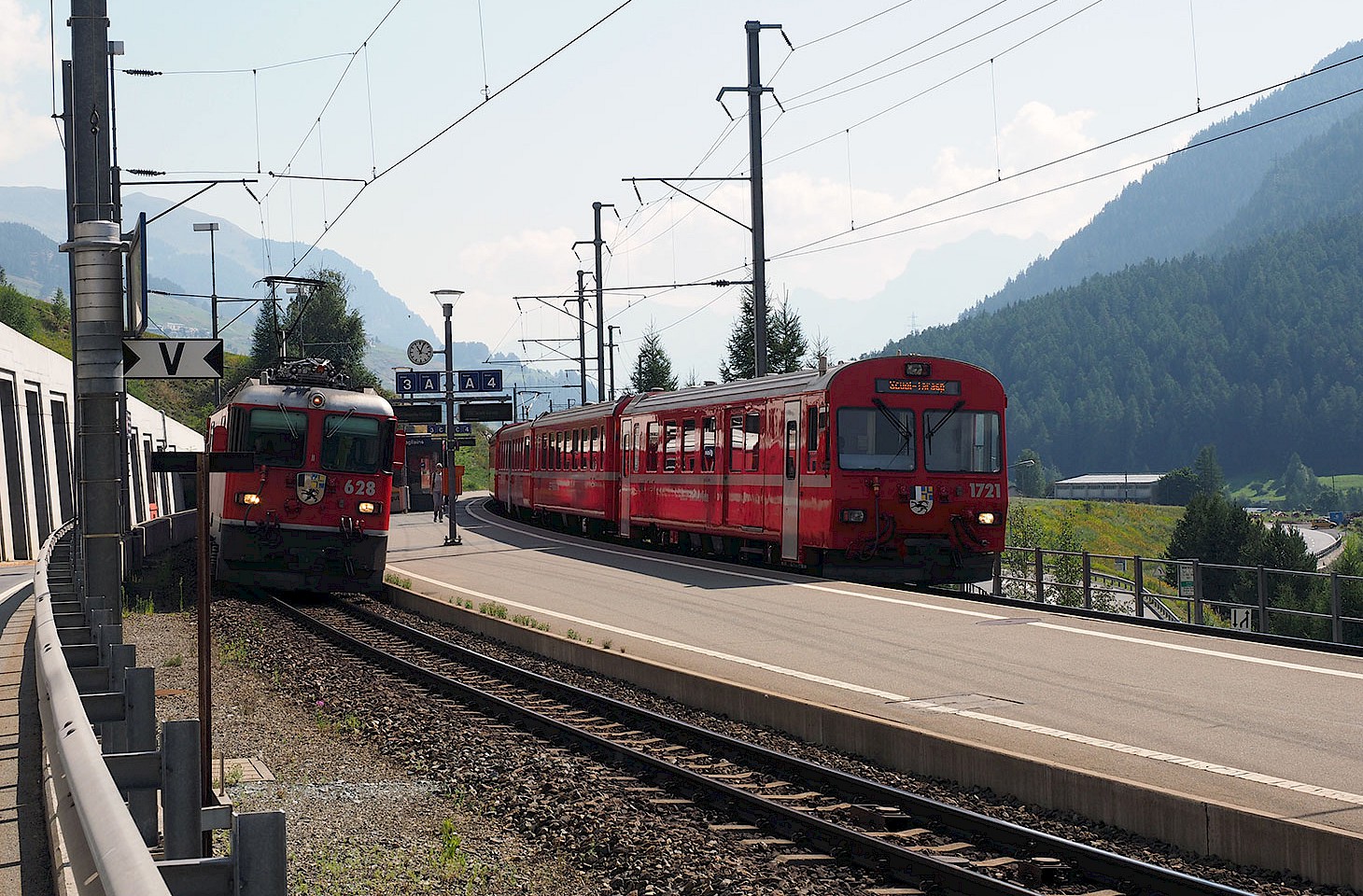The EU-funded EXCOVER initiative reveals how lesser-frequented regions of the Adriatic coastline have real potential to alleviate pressure in tourist hotspots. One of the EXCOVER case studies is the Po Delta region of Italy.
Welcome to hidden europe. We promise a fresh perspective on well trodden trails, and a cool look at undiscovered corners.
01
Good travel writing
Our brief is Europe wide, and we criss-cross the continent to bring our readers some of Europe’s very best travel writing. We approach every topic with passion, insight, conviction and authority.
02
Offbeat places
We invite you to look beyond the usual tourist trails — or, if you prefer, stay at home, take out an atlas and enjoy our enthusiasm for the offbeat, the eclectic and the everyday.
03
Value driven
hidden europe is a curated collection of words in print and online that has, over two decades, celebrated European
lives and landscapes as part of the publishers’ wider commitment to promote liberal values and mindsets.
#EscapeTheHype
hidden europe aims at discovering the exotic in the everyday. The places we feature are unhyped and unsung yet full of interest. If you want to understand Europe's rich cultural diversity, this is the site for you.
#SlowTravel
hidden europe attends as much to the journey as to the destination. We take the train to Belarus and the ferry to Iceland. And the prose is as unhurried as the journeys it describes.

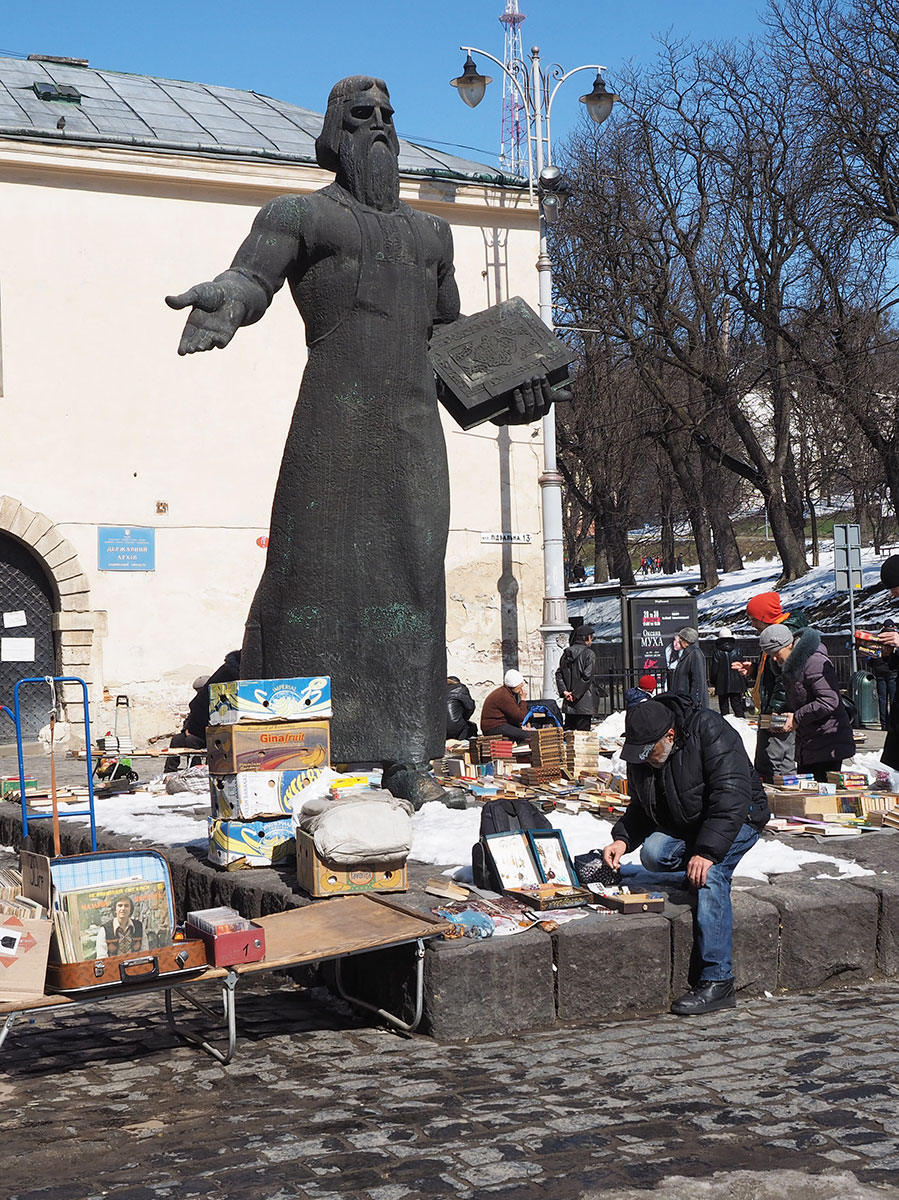
#StayCurious
We feature genuinely out-of-the-way places. Where we touch down on somewhere more mainstream, the perspective on the place is unconventional. And we never present places merely as points of consumption.
Explore hidden europe
Click on the sketch-map below to search for articles relating to your favourite country (on some devices you will see a list of country names instead). Yet no map is perfect, and for countries not shown on the interactive map — and to explore topics, regions or place names — just use the search box below the map.
- Albania
- Andorra
- Austria
- Belarus
- Belgium
- Bosnia and Herzegovina
- Bulgaria
- Croatia
- Cyprus
- Czech Republic
- Denmark
- Estonia
- France
- Finland
- Georgia
- Germany
- Greece
- Hungary
- Iceland
- Ireland
- San Marino
- Italy
- Kosovo
- Latvia
- Liechtenstein
- Lithuania
- Luxembourg
- Macedonia
- Malta
- Moldova
- Monaco
- Montenegro
- Netherlands
- Norway
- Poland
- Portugal
- Romania
- Russian Federation
- Serbia
- Slovakia
- Slovenia
- Spain
- Sweden
- Switzerland
- Turkey
- Ukraine
- United Kingdom
Latest full-length
additions
We regularly make the full version of texts available that were published in hidden europe magazine.
On average we'll add one article every two weeks. Other articles are available as an excerpt on this website.
Latest and popular
We have published 70 issues of hidden europe travel magazine and over 500 issues of our electronic newsletter called Letter from Europe. Enjoy a selection of articles and blog posts below.
In hidden europe 66 we explore the Drin Valley in Albania, the Vipava Valley in Slovenia, reflect on sustainable tourism and check out the boats in Port Grimaud. We also celebrate a special anniversary with a an article on fifty years of Interrail.
Nikola Tesla’s father was an Orthodox priest. Nikola was baptised in his father’s church on the day after his birth. And it is at that church, dedicated to the Holy Apostles Peter and Paul, where crowds now gather to understand more of the life and work of one of Europe’s most distinguished engineers and inventors.
Making time for creative journeys has been at the heart of our work with hidden europe. So in this issue of our Letter from Europe we highlight some longish ferry routes which even allow for some sightseeing. Here are some examples from this winter’s Mediterranean shipping schedules.
Railway stations where passengers were able to change trains, but which could not be used to start or end a journey, were common in the past. They were often called exchange platforms or exchange stations. Few exist today, but we track down working examples at Sagliains in Switzerland and Manulla in Ireland.
hidden europe 64: Feature
Magazine article
On the wrong side of the line: report from a Ukrainian village
Sofia Bezverhaya says she is always glad to cater to those who want to see a more traditional picture of the region. “I am grateful that people are coming,” she says, “and especially when they bring bread, oil, and supplies! We have a mobile shop, but it only comes once a month.” Darmon Richter reports from the Ukrainian village of Kupovate.



